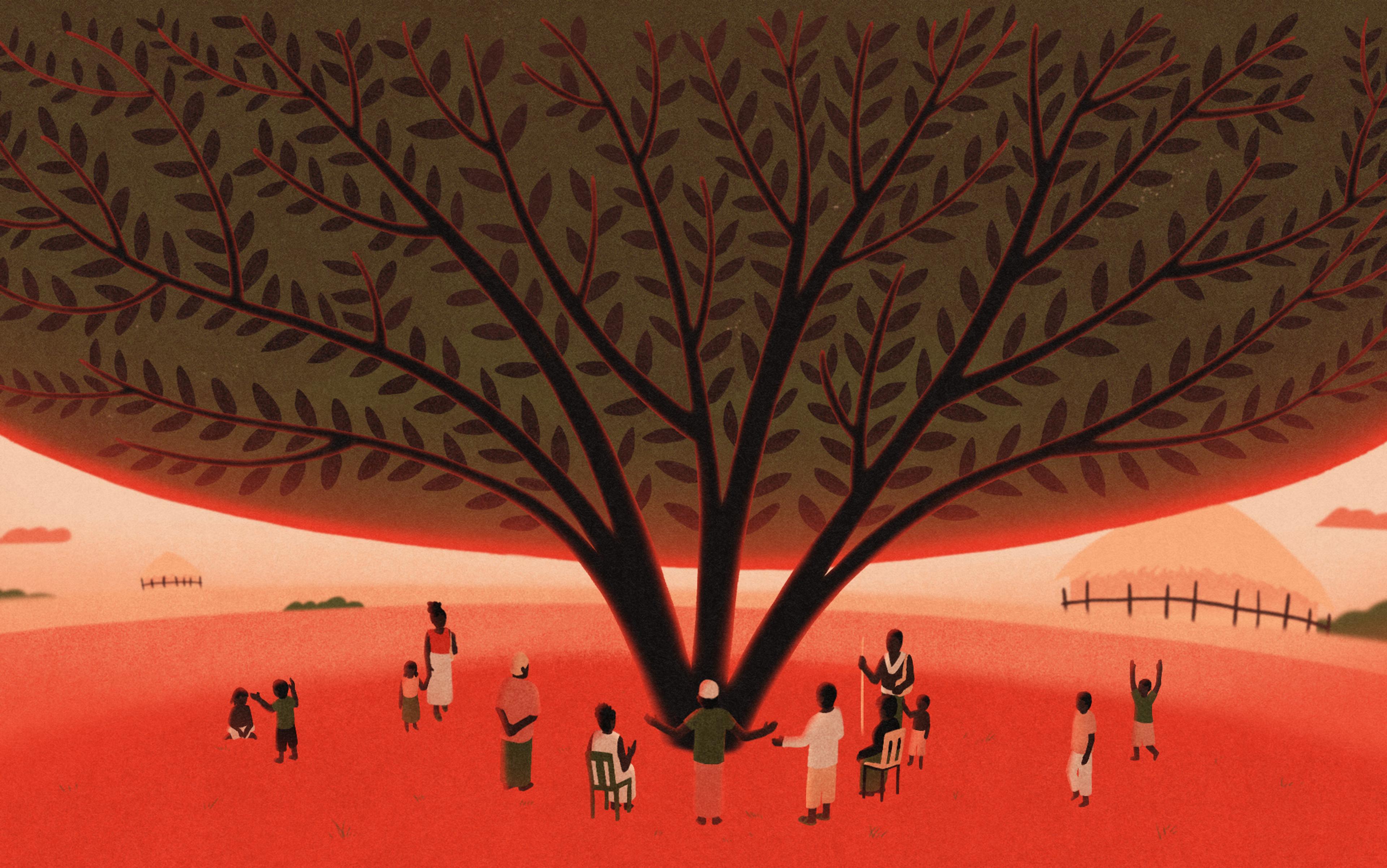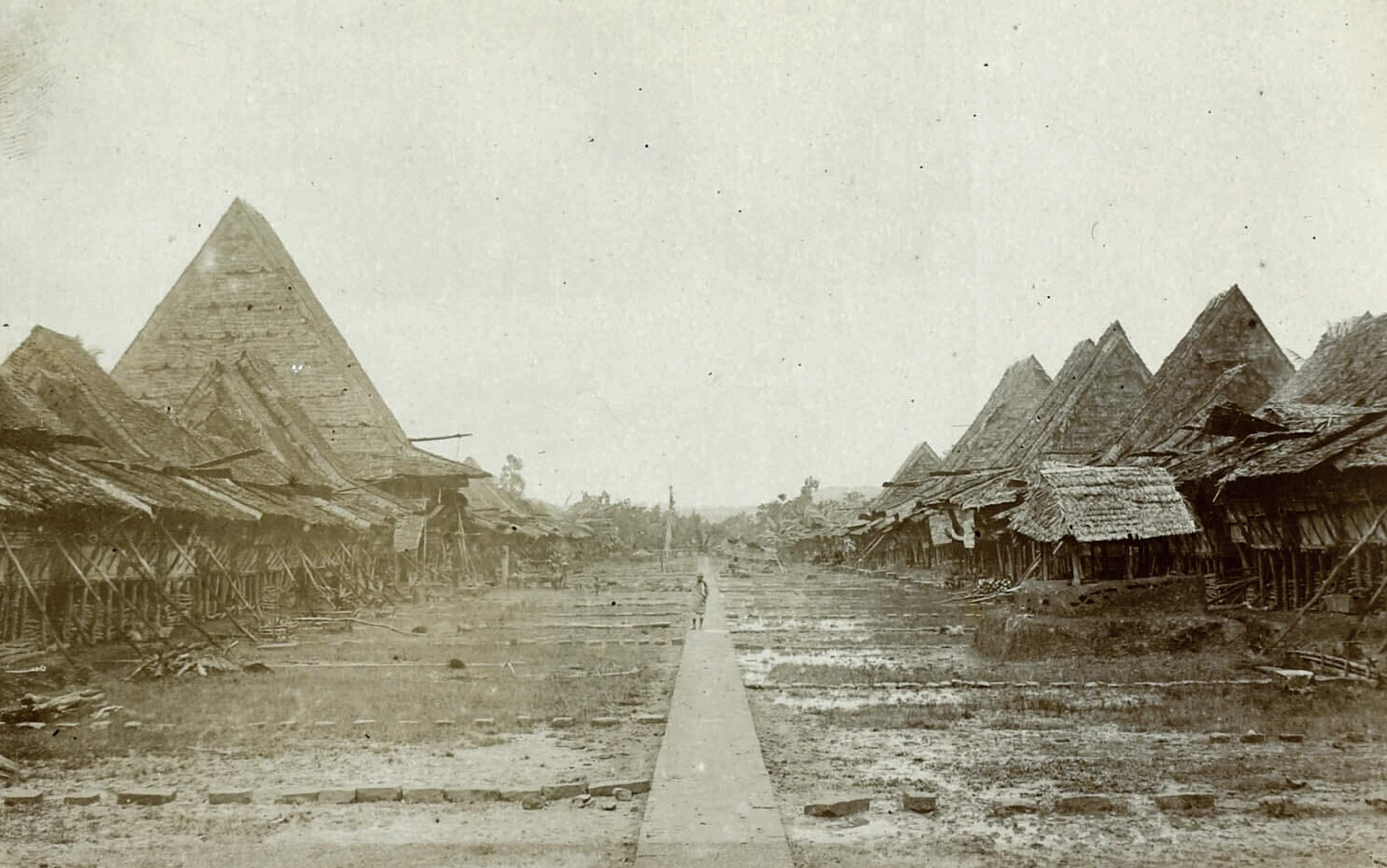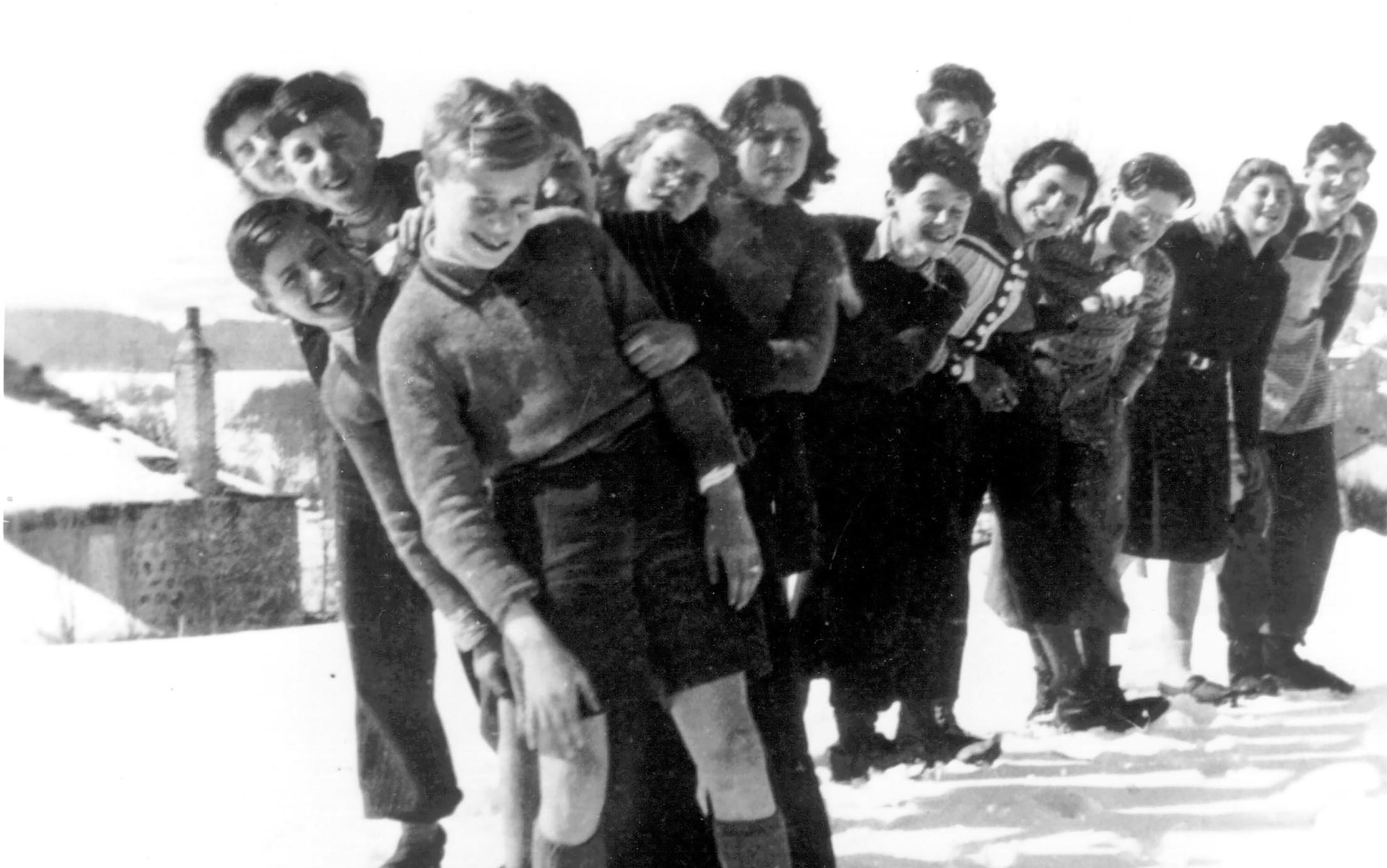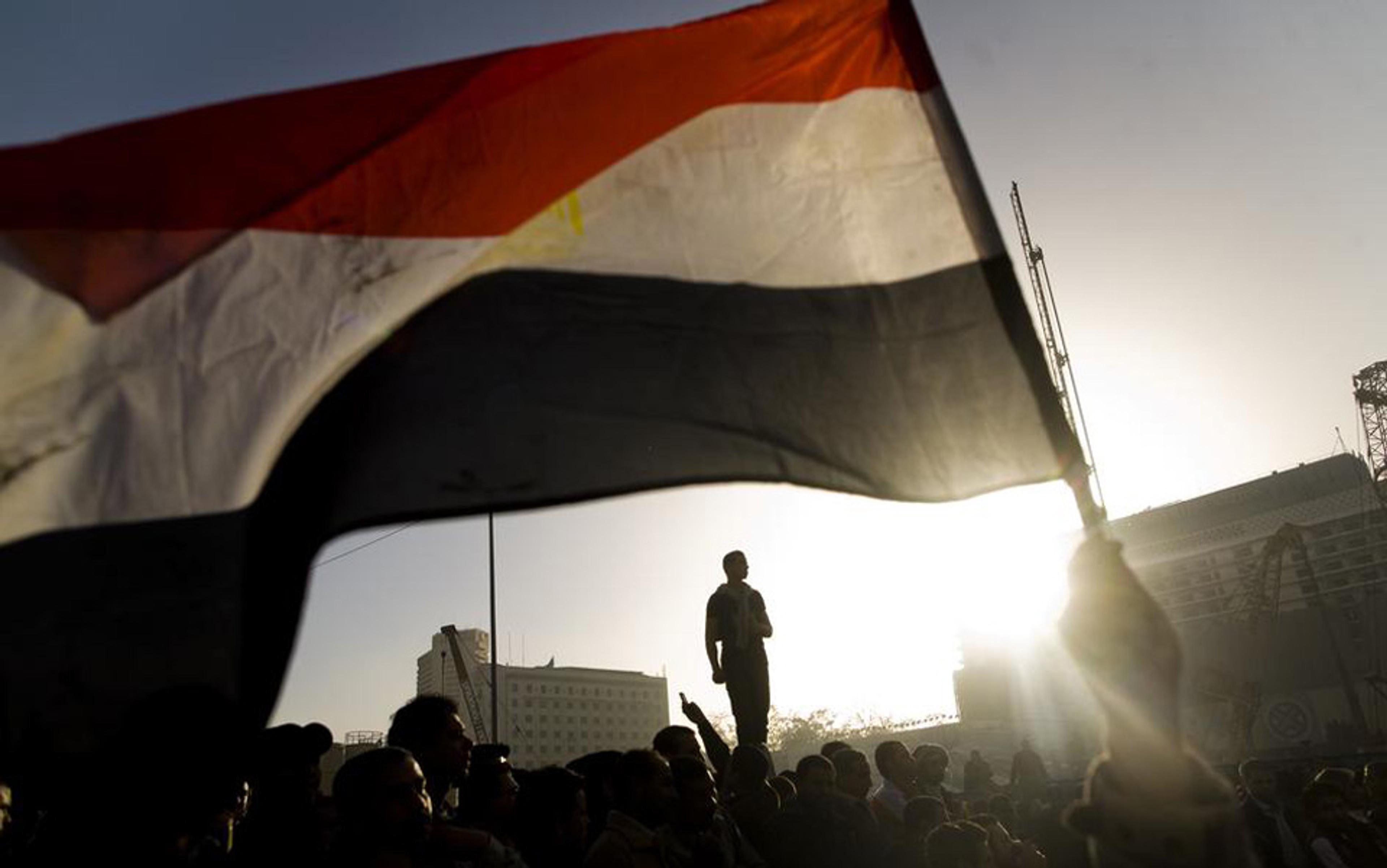One humid afternoon, I accompanied my friend Amadou Gano to the Central Market in Mali’s capital, Bamako. Amadou needed to buy some lion fat, which he would rub on his joints, for arthritis. A decade ago, before war had swallowed up central Mali, Amadou was a tour guide and an interpreter in Djenné, a medieval trading post and religious centre a day’s drive from Bamako. Then the tourists stopped coming, and he had to become a farmer, cowherd, mason, porter, motorcycle driver, hustler, cobbling together never quite enough to support an elderly widowed mother, two younger sisters, a wife, an ever-growing bevy of children and nieces and nephews, and, on occasion, an out-of-work brother or two. The labour wears on his joints.
The medicine section of Bamako’s Central Market was enormous and flanked a large parking lot. There were rows of dried monkey heads, mounds of conch shells, pyramids of cowries. Crocodile maws, pelts, dried sea urchins, teeth of different sizes. Decayed or shrivelled things that I did not recognise, that made me nervous. Buyers of all ages were haggling for things whose use I could not fathom.
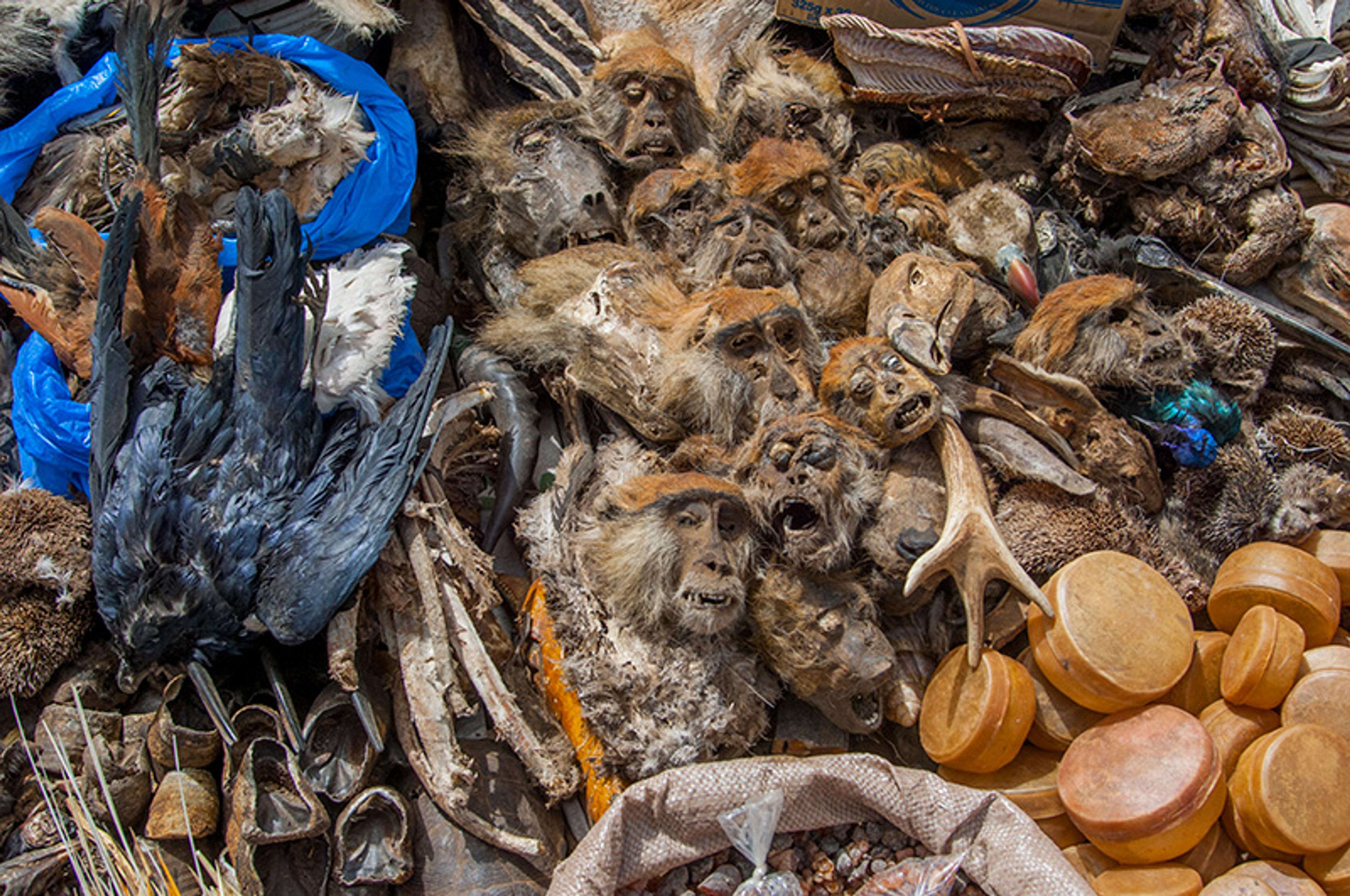
A market stall selling traditional medicines in Bamako, Mali. Photo by Wolfgang Kaehler/LightRocket/Getty
Amadou is always tapping into a global knowledge of what keeps us alive, a people’s pharmacopoeia honed over millennia. When we first met, in 2013, Amadou and I travelled with a family of Fulani cowboys as they led their cattle along a migration route that cut across central Mali. The Fulani are the largest nomadic ethnic group on Earth, and may have been mobile since man first domesticated the cow. I had come to Mali because I was working on a book about transhumance – the seasonal migration of livestock by nomadic peoples – at a time of urbanisation and climate change. I hoped to learn from the Fulani what it means to live in cycles of separation and reunion.
During the transhumance season, worried that the water in my flask wouldn’t last till the next well, I began to conserve, and for days drank too little until my thirst condensed into a terrible headache. When Amadou found out, he pulled from his pocket a small, homunculus-looking nub of myrrh resin wrapped in plastic torn from a shopping bag, set it to smoulder in the red-hot nest of a wire brazier, and taught me to lean over it to inhale the smoke.
Traditional doctors in China have used myrrh for centuries to treat arthritis and fractures; India’s ayurvedic healers recognise its anti-inflammatory powers and effectiveness against coronary artery diseases; ancient Egyptians used myrrh as an antiseptic. The self-taught American herbalist Samuel Thomson, in the 19th century, used a mixture of brandy, cayenne and myrrh to ‘remove pain, prevent mortification, and promote a natural heat’. He describes these and other uses of myrrh in a book he titled, exhaustively, New Guide to Health; or, Botanic Family Physician: Containing a Complete System of Practice, Upon a Plan Entirely New; With a Description of the Vegetables Made Use of, and Directions for Preparing and Administering Them to Cure Disease; to Which Is Prefixed a Narrative of the Life and Medical Discoveries of the Author (1822). The 21st-century French botanist Michel Arbonnier recommends myrrh as a soporific, a tranquiliser and a treatment against gastric problems. Malians use myrrh as a disinfectant, an anticonvulsant, a dewormer, an aphrodisiac, an antimalarial and a treatment for migraines. In the Malian bush, Commiphora africana, African myrrh, is always at your fingertips: it grows everywhere.
At one point or another, we all knew something about how to heal ourselves using the plants and animals that surround us, at least somewhat. We treated pain with willow bark and terminated pregnancies with abortifacient herbs. We treated insomnia with lettuce and halitosis with parsley – according to a 10th-century cookbook from Baghdad, which devotes an entire chapter to the humoral properties of different vegetables. Many of us still know something about these treatments: studies estimate that as much as 80 per cent of the world’s population, roughly 6 billion people, still use traditional plant- and animal-based medicines. Such bonds that once existed between all humans and the rest of the natural world were born of scarcity, which dictates need. As a child in Soviet Russia, I made plantain weed poultices for skinned knees, ate raspberry jam to bring down fever, picked the sweet-smelling linden blossoms and dried them on newspaper in the sun to brew later as an expectorant.
Lately, we often relegate this kind of intelligence to laboratories: who needs myrrh when there is aspirin? My childhood herbalist memory, for instance, is fading. I remember picking fireweed and goatweed, but I have forgotten what they are for. It seems portentous that we should lose the memories of how to maintain our bodies: it is as if we are unremembering how to stay alive, and our forgetting what sustains us allows us to neglect and abuse the resources we no longer know how to use. In the process, we neglect and abuse something less easily defined but arguably more important: decency, morality, community, ourselves.
Amadou still keeps close the medicinal knowledge of the bush, which is why we were here, at the market, getting lion fat. I had returned to Mali to visit Amadou and our nomadic friends in the bush. But soon, the spreading violence would make it too dangerous for them to be seen with a white woman. Already, in 2019, war was eating away at the country. Two days before we visited the market, Amadou and I had spent an afternoon sitting on plastic woven mats in the miserable camps for displaced Fulani families. Before the conflict began to spread in 2012, the bush in central Mali was home to thousands of Fulani herders who drove their zebu cattle on migration routes honed over centuries. When they approached a village, they pushed before them a scent of sour milk. But war over dwindling resources combined with a growing Islamist rebellion had metastasised into ethnic violence against Fulani people: the world over, the settled often marginalise the transient at times of unrest. Militias raided Fulani camps and villages, massacred women and infants, burned people alive, threw dead men and boys down wells. Most of the Fulani people we met at the camps in Bamako had been nomadic but lost their animals in the ethnic violence and no longer had a way to make a living in the bush, even if it had been safe. Some had lived settled lives in villages that were destroyed. Amadou and I went to a camp built with sticks and tarps on top of a refuse field behind a livestock market; a camp of squatters in a street of unfinished concrete rowhouses; a camp of stuffy UNHCR tents. Some of the people we met had been in the camps for a year, some had arrived only a week earlier.
In my mind, the lion fat became a symbol of protection against more than arthritis
Amadou is a settled Fulani. He and his family live in the Sudanic clay maze of Djenné, a multiethnic town in central Mali. Together we were undone by what we saw in the camps, and also by what we refused to say out loud: that it could be him, his family on the run or in mourning – or both. There was something new in the way he draped his arm around my shoulder, the way he sighed: Oh Anna, my sister, my sister.
In my mind, the lion fat became a symbol of protection against more than arthritis. As we drove around the capital choked with traffic jams and diesel fumes, my entire day began to centre on ensuring that Amadou made this purchase.
Several months after my visit, when I had returned to the United States, one of the Bamako camps for the Fulani refugees from ethnic cleansing burned down. It was the one we had visited on the refuse field, the one that smelled like the rotting blood of slaughtered livestock. The inferno was accidental. It was the dry season, and when someone set fire to the garbage next to the camp, the wind carried the blaze to the makeshift tents. No one died, at least not because of the conflagration. But no one’s belongings were spared. In hideous mimicry of transhumance, the nomads picked up and moved to some other camp site. Instead of the scent of sour milk, the smell that preceded them was the fetor of burned garbage.
Around the time of the fire, Amadou called me in the US. A Fulani man who had been like an uncle to me was dead, murdered by settled militiamen in a new iteration of the ancient war in which the sedentary kill the migrant. His name was Sita Diakayaté but everyone called him Sita Danguére, Sita ‘of the Crossing’, because he was born when his family was preparing to cross a river during transhumance. He was in his 80s, and was visiting relatives who had led a partly settled life in a Fulani village when the militiamen came. Those villagers who could, ran. The militiamen, dressed in hunters’ clothes, executed everyone who couldn’t: seven old men and women. Over the phone Amadou kept repeating the name of the village – Pé, the name of the village is Pé, do you hear me, Anna, it’s Pé – as if the place name could stand in for something unnameable. And it already was, taking up all the room in my chest. Pé.
I was studying this goddamn computer-generated image as if it could teach me something about our human nature
I had never been to Pé. I googled it. It is just north of the border with Burkina Faso. I read that, three months before the massacre in which Sita was murdered, there had been another mass execution in Pé. Gunmen wearing hunters’ garb had shot dead 20 of her people, burned granaries, thrown bodies into wells. I read that the gunmen had fled when a Malian military unit showed up. The day Sita died, the militiamen must have returned to finish off the survivors.
I zoomed in. I switched to satellite view. I was looking at an image of savannah that an impeccably calibrated machine had taken from space. I saw fenced compounds and trees that couldn’t have been myrrh, they looked too substantial, maybe they were mango trees that would have been in their dirty-pink bloom when Sita was murdered. Most of the roofs were clay and some reflected the light, maybe they were tin, or maybe they were paved with solar batteries like the roofs in other small villages I’d seen that were outside the national electric grid. I imagined how neatly swept those streets must have been before the massacre, Fulani hamlets tend to have such obsessively swept streets. I saw the rectangular enclosure of the communal well at the southern tip of Pé. It looked like a pump well. Is this where they had thrown the bodies of the people they had killed or were there other wells I could not identify from such an incomprehensible distance? I was studying this goddamn computer-generated image as if it could teach me something about our human nature, about countries that cage children who don’t speak their language, about armies bombing maternity hospitals and schools and markets, about men walking into a village and shooting her elders dead.
The myrrh nugget Amadou had given me to treat my migraine during the transhumance season in 2013 was knobby and brown and smelled like burnt clutch. After a few minutes over the brazier, my headache was gone. The ancients were right, and so was my friend. If only it were as simple to stave off all the other hurt in the world.
The Afrikaans word for myrrh is kanniedood, ‘cannot die’, yet Western civilisation has forever associated myrrh with death, loss and the otherworldly. Ancient Egyptians used it to embalm their dead; an anonymous poem composed around 4,000 years ago goes: ‘Death is before me today / like the odour of myrrh.’ Rabbis in the First and Second Temples consecrated myrrh; God instructed Moses to use myrrh to anoint the Tabernacle. The magi presented baby Jesus with gifts of myrrh, which in those days was as valuable as gold; 33 years later, on Golgotha before crucifixion, the Son of God was offered a mixture of myrrh and wine, which he declined. Days after that, his disciples soaked the linen they would use to bind his body in myrrh mixed with aloes. Death nowadays smells like many things, and not many of us know the scent of myrrh. Unanointed, we let go.
Once we arrived at Bamako’s Central Market, we did not linger. Amadou regularly buys medicine from a vendor who keeps the stall closest to the entrance. We walked straight to him, and Amadou bought a hunk of cured lion fat about twice the size of my thumb.
Lion fat is used across the African continent to treat back and joint pain, as well as to ward off evil spirits, help detect predators, and build up courage. Other lion parts are also used to treat physical ailments: skin and lungs for whooping cough, veins for erectile dysfunction, noses for stomach problems, livers for headaches. Animal rights groups report that traditional medicine contributes to poaching and the illegal trade of lion body parts, both within Africa and transcontinentally, but Mali classifies the lion as a partially protected species and regulates trophy hunting and the lion trade. I felt too shy and inadequate to ask where the lion fat at the Bamako market came from. The fat was greasy, reeking inside a small black plastic bag. With Amadou’s loyalty discount, it cost $4.
Amadou says there is a cure for almost anything, you just have to know how to ask
The vendor was about my age, in his 40s, dressed in a plain cotton boubou the colour of the deepest sea. Behind the stall, his assistant was wrenching a fang out of the desiccated head of a wild boar. Next to the vendor, on the asphalt, stood a yellow plastic bucket half-filled with keys.
Amadou says there is a cure for almost anything, you just have to know how to ask. I looked at the keys and imagined all the magic they could unlock. Maybe they could keep a home safe, or keep husbands from straying, or bind the heart of a beloved, or protect a village from raiding gunmen, or guard against displacement. Suddenly I became afraid. Perhaps I was overwhelmed by how much could be at stake or intimidated by so much potential magical power concentrated in the hands of one man, this vendor. Maybe both. A hot flash soaked my clothes until I could smell myself, even in the middle of a crowded afternoon market, in Bamako, in June. I trembled for the medicine vendor to proffer deliverance, and I dreaded its price. I addressed him in French:
May I ask a question?
The man nodded.
The keys, I said. What are the keys for?
He enunciated slowly, as if speaking to a child:
The keys are for valet parking. If you park your car in the parking lot and don’t want to carry around your car keys while you shop, you can leave them in the bucket and I will watch them for you.
A few months ago, Amadou called me in the US. He said dozens of families who had fled Islamist militias in the hinterlands had moved to Djenné; he said the only thing that protected his city from the war was a detachment of Russian mercenaries from the paramilitary Wagner Group, which has been accused of war crimes in Ukraine, Syria, the Central African Republic, Libya and Mali. He said he fell asleep each night to the sounds of gunfire in the bush. He also told me about a new niece, about his mother’s health, about his marriage. He asked about my parents and sister in Putin’s Russia, and about my personal life in the US. I told him about a recent breakup, an abusive man who had been violent with me. Amadou fell silent for a few seconds, then gave me instructions: go to the bathroom, light four matches one by one, and drop them into a bowl of water. Promise you will do this, Anna, he said. It will help.
There’s an awful lot of non-Western phenomena that cannot be reduced to a formula, the anthropologist Paul Stoller tells me. These phenomena do not lend themselves to theoretical extraction.
Stoller is a university professor, a recipient of fellowships from the Guggenheim Foundation and the National Endowment for the Humanities, and of the Anders Retzius Gold Medal in Anthropology, given once every three years by the king of Sweden. He is also what the Songhay people of West Africa call a Sohanci benya, a healer who did not inherit his powers but was taught. This healer was often a captive or an enslaved person, or, in Stoller’s case, a cultural anthropologist from the US studying the medicinal properties of plants used in ethnomedicine, who ended up apprenticing with a Songhay master healer in Niger for 17 years.
Sometimes hope itself feels like magical thinking. And maybe magical thinking is precisely what has sustained us
Stoller places a lot of emphasis on the human ability to embrace inexplicable or even unknowable events. A sense of wonder, he says, leads us to change. It leads us to expanding our imagination, and it leads us to a space of creativity where we can, maybe, you know, devise things that can make life sweeter for us in the future.
Can life be sweeter in the future? Each new year is the hottest on record, the world is at war, supremacist politics are on the rise. Wagner Group mercenaries are now accused of multiple massacres in Mali, including in Moura, a tidy town where Amadou’s mother was born, and where Amadou and I had spent time in 2013. There is nothing in Moura now, Amadou tells me, not even chickens. Sometimes hope itself feels like magical thinking. And maybe it is. And maybe magical thinking is precisely what has sustained us through hundreds of thousands of years of drought, epidemics, climate shifts, migration, floods, enslavement, war.
A week after shopping for lion fat at the Bamako Central Market, on a rocky Atlantic beach in Dakar, I accidentally witnessed an exorcism. I looked up from my sketchbook the moment a healer began rolling a raw egg around a woman’s head and body, just a few paces away. I knew this ceremony. In the northern Chihuahuan Desert of North America they call it limpia con huevo, a cleansing with an egg; in Russia, it is vykatka, a rolling-out or a rolling-away. On both sides of the Atlantic, the egg stands for purity, mercy, rebirth: hope. The healer then smashed the egg against the surf to shatter the evil it had absorbed, and led the woman into the shallows to kneel for ablutions. When she returned to shore, another man, maybe the woman’s relative or the healer’s apprentice, wrapped her in a dry towel. And then all was finished, and the participants left, and a few minutes later beachgoers took over, and a teenage boy pissed in the rocky alcove where the woman had just recently stood. Because what is the world? A thaumatrope turning magical to profane to magical and back again. And then the tide rose and the abiding patience of big water took everything – the piss, the eggshells, the woman’s tracks in the sand, my sketching perch – and made anything possible, depravity and wonder alike.

